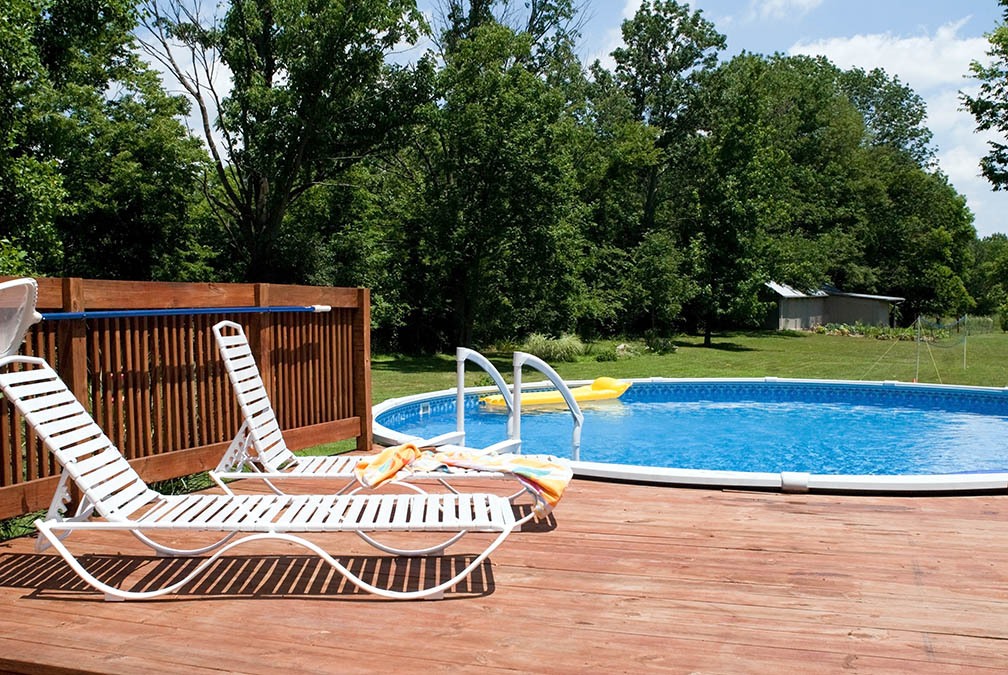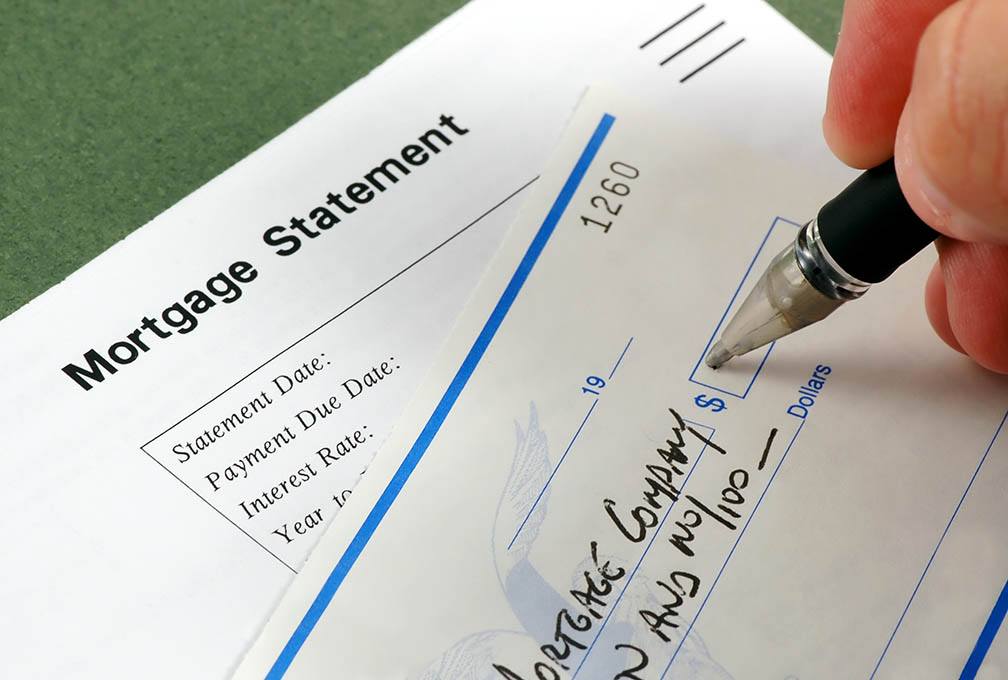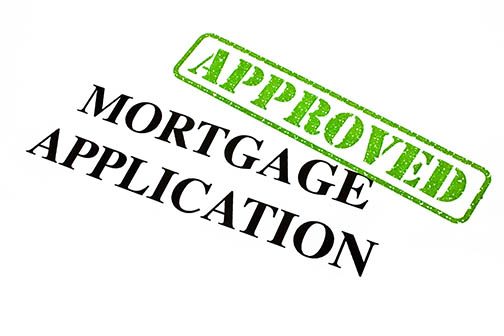 Whether you’re new to the real estate game or you’ve bought and sold a home before, there are many details involved in selling. It can be enticing to think about taking on the responsibility yourself and going it alone, but there are a number of reasons it’s wise to use a real estate agent. Before you make a decision on selling your home, ensure you consider all the details you’ll have to deal with.
Whether you’re new to the real estate game or you’ve bought and sold a home before, there are many details involved in selling. It can be enticing to think about taking on the responsibility yourself and going it alone, but there are a number of reasons it’s wise to use a real estate agent. Before you make a decision on selling your home, ensure you consider all the details you’ll have to deal with.
Misunderstanding Of The Market
It’s entirely possible for a home seller to look at the MLS listings and determine a price range for their home, but the right real estate agent will have a wealth of knowledge to draw from. In all likelihood, they will be familiar with the neighborhood and may even have sold a few homes in it. This means they’ll be able to determine the right offer for your home and ensure it’s feasible on the market, which may mean a higher price and a shorter selling time.
It Takes Time
While a real estate agent will get a certain percentage of the price for helping you sell your home, you won’t be getting paid anything to do the legwork. However, it’s easy to underestimate how much time it can take to market your home, arrange open houses and deal effectively with all of the negotiating. It may be enticing to do it on your own, but what it might save in money, it may end up eating in time.
The Closing Details
If you’ve determined the price of your home and you’ve received an offer, it can be a great feeling to know that you’ve taken the right steps. However, what happens after you receive an offer is one of the most important parts of selling your home, and a real estate agent will be able to guide you through counter offers and lowering your price if needed. While it may seem like this will be easy enough to navigate, having an agent who’s waded through the waters can help to simplify things.
Selling your home on your own may seem like a money saving opportunity, but the right real estate agent will be able to navigate the market and do the legwork for you while still getting a good offer. If you’re currently preparing to put your home on the market, contact your local real estate professional today for market tips.
 Last week’s scheduled economic readings were limited and included new jobless claims and Freddie Mac’s mortgage rates survey. In other news, all types of mortgage applications rose by 2.30 percent this week as compared to the prior week.
Last week’s scheduled economic readings were limited and included new jobless claims and Freddie Mac’s mortgage rates survey. In other news, all types of mortgage applications rose by 2.30 percent this week as compared to the prior week. Now that 2017 is here, it’s time to consider which upgrades you will make to your home. If you don’t have any major renovations planned, you can still tackle smaller projects or theme rooms. In today’s post we’ll explore some of the home decor trends expected to be popular in 2017.
Now that 2017 is here, it’s time to consider which upgrades you will make to your home. If you don’t have any major renovations planned, you can still tackle smaller projects or theme rooms. In today’s post we’ll explore some of the home decor trends expected to be popular in 2017. Whether you’re planning to sell or not, if you can afford to upgrade your home it’s almost always worth it. But the question is: which renovations add value to your life, as well as your house? Let’s explore how adding an in-ground pool to your backyard can boost your home’s value.
Whether you’re planning to sell or not, if you can afford to upgrade your home it’s almost always worth it. But the question is: which renovations add value to your life, as well as your house? Let’s explore how adding an in-ground pool to your backyard can boost your home’s value. When it comes to real estate, there are always going to be upswings in the market that will have an impact on your mortgage payment and overall financial health. However, with a fluctuating market here to stay, you may be wondering how you can guard your biggest investment and your finances against rate increases. If you’re concerned about rates on the rise, here are a few tips to test out you’re fiscal well-being.
When it comes to real estate, there are always going to be upswings in the market that will have an impact on your mortgage payment and overall financial health. However, with a fluctuating market here to stay, you may be wondering how you can guard your biggest investment and your finances against rate increases. If you’re concerned about rates on the rise, here are a few tips to test out you’re fiscal well-being. The prospect of finding the home you’ve always dreamed of can be such an exciting prospect that it’s easy to forget all about the process of negotiating. However, it’s important to keep a few things to yourself when it comes to the art of making the deal. If you’re currently searching for the right place and are preparing to sign on the dotted line, here are a few phrases it’s best to avoid.
The prospect of finding the home you’ve always dreamed of can be such an exciting prospect that it’s easy to forget all about the process of negotiating. However, it’s important to keep a few things to yourself when it comes to the art of making the deal. If you’re currently searching for the right place and are preparing to sign on the dotted line, here are a few phrases it’s best to avoid. Last week’s economic news included several good signs for U.S. Labor Markets with higher than expected readings for private and public sector job creation. The Federal Reserve announced its decision not to raise the target federal funds range, and inflation rose. Mortgage rates held steady and pending home sales rose.
Last week’s economic news included several good signs for U.S. Labor Markets with higher than expected readings for private and public sector job creation. The Federal Reserve announced its decision not to raise the target federal funds range, and inflation rose. Mortgage rates held steady and pending home sales rose. Winter may be a time for nesting until the cold weather abates, but there are a number of important tasks that a homeowner should be sure to do during the winter months. If you’re readying for the slow season or wondering what you might have forgotten, here are some things you’ll want to check off your to-do list.
Winter may be a time for nesting until the cold weather abates, but there are a number of important tasks that a homeowner should be sure to do during the winter months. If you’re readying for the slow season or wondering what you might have forgotten, here are some things you’ll want to check off your to-do list. Whether they’re found online or heard from family and friends, there are so many mortgage tips out there that it can be hard to know exactly how to proceed. But, if you’re new to the market, there are a few surefire things you can do to get a mortgage rate you’ll feel good about. For some of the best tips on getting a great loan, look no further than the following.
Whether they’re found online or heard from family and friends, there are so many mortgage tips out there that it can be hard to know exactly how to proceed. But, if you’re new to the market, there are a few surefire things you can do to get a mortgage rate you’ll feel good about. For some of the best tips on getting a great loan, look no further than the following. November home prices grew by 5.60 percent year-over-year on a seasonally adjusted basis according to Case-Shiller’s reading on National Home Prices. National average home prices rose 0.80 percent from October to November. Case-Shiller’s 20-City home price index revealed that the West and Mountain regions continue to hold the top three growth rates for home prices. Seattle posted a seasonally adjusted growth rate of 10.40 percent which was closely followed by Portland, Oregon’s year-over year average home price gain of 10.10 percent. Denver rounded out the top three home price growth rates included in the 20-CityiIndex with a year-over-year gain of 8.70 percent.
November home prices grew by 5.60 percent year-over-year on a seasonally adjusted basis according to Case-Shiller’s reading on National Home Prices. National average home prices rose 0.80 percent from October to November. Case-Shiller’s 20-City home price index revealed that the West and Mountain regions continue to hold the top three growth rates for home prices. Seattle posted a seasonally adjusted growth rate of 10.40 percent which was closely followed by Portland, Oregon’s year-over year average home price gain of 10.10 percent. Denver rounded out the top three home price growth rates included in the 20-CityiIndex with a year-over-year gain of 8.70 percent.